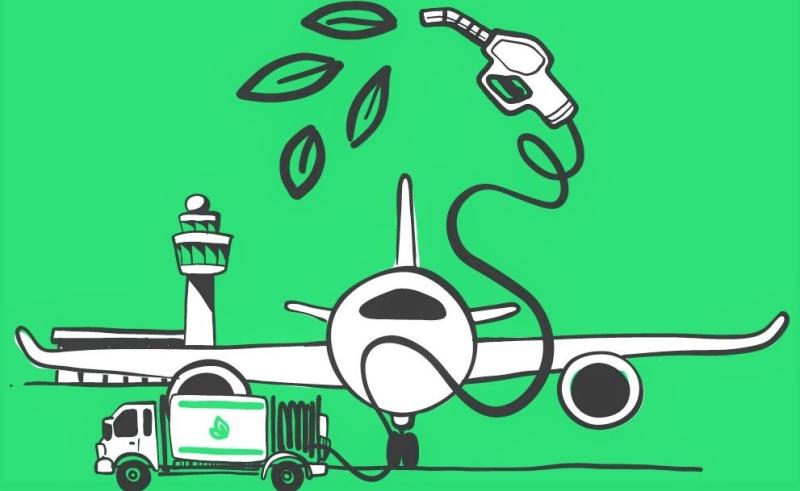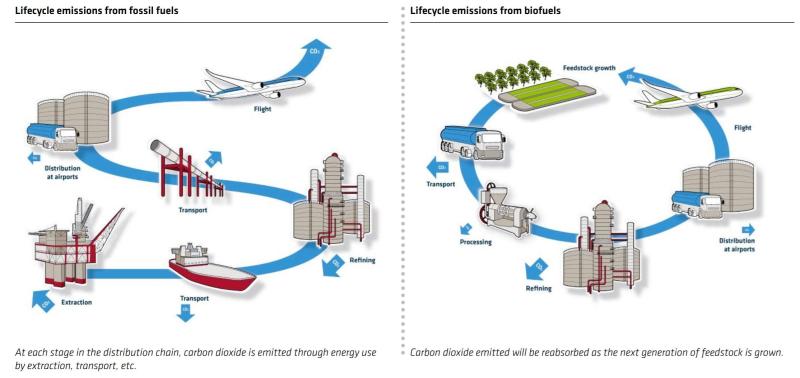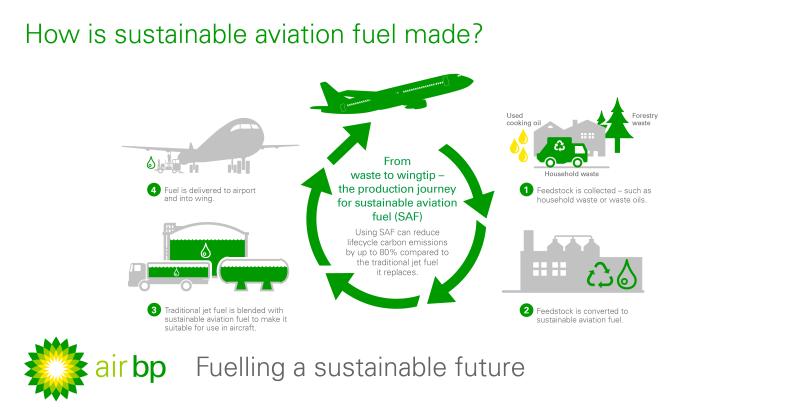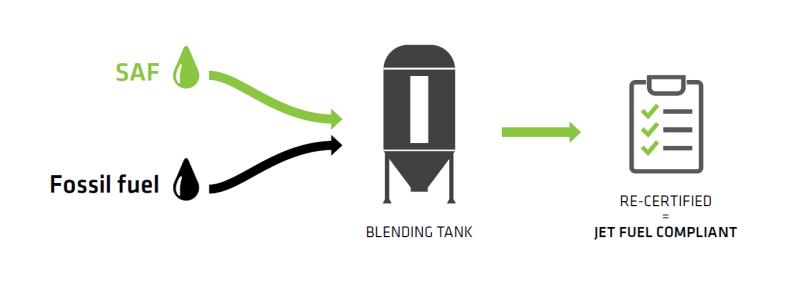
✔SAF is used by blending (50/50 blend) conventional ATF (fossil-based) with Renewable hydrocarbon.
✔They are certified as “Jet-A1” fuel & can be used without any modifications to aircraft/engine.
✔SAF term is preferred by the aviation industry because unlike SAFs, Biofuels are produced from unsustainable biological (plant/animal) resources like palm oil or crops that require deforestation.
✔Current technology allows SAFs to be produced from a wide range of feedstocks like,
👉Municipal solid waste
👉Cellulosic waste
👉Used cooking oil
👉Camelina
👉Jatropha
👉Halophytes
👉Algae



✔SAFs result in up to an 80% reduction in CO2 emissions across their lifecycle.
✔For future, 100% SAF usage has to satisfy as a high-performance fuel that can withstand a wide range of operational conditions with no requirement for different airframe, engine or logistical infra.
✔100% SAF must bear properties of conventional ATF (Jet A-1) used for many purposes inside the aircraft & engine, e.g. lubricant, cooling fluid & hydraulic fluid, as well as for combustion.
Probable cause may be Possible faults with O-ring seals in the landing-gear steering module.

Author – Tanmay Palei
Sr. Aircraft Structure Engineer
